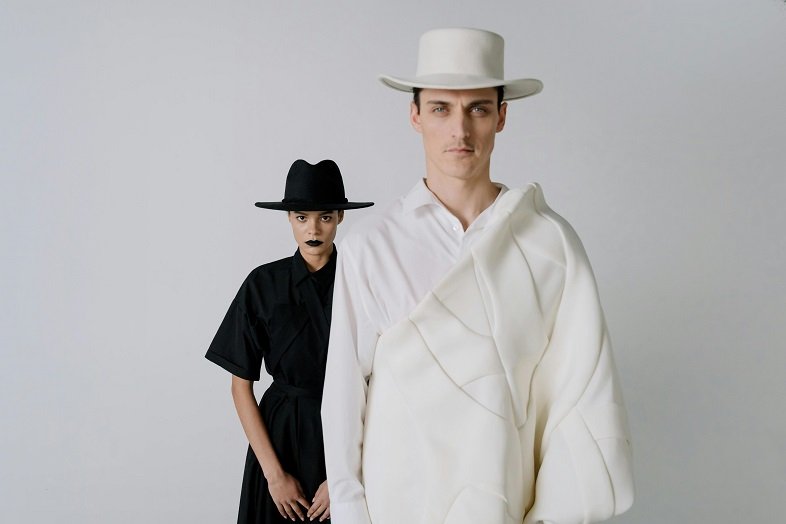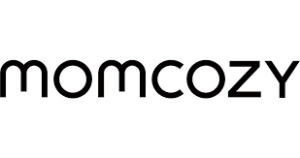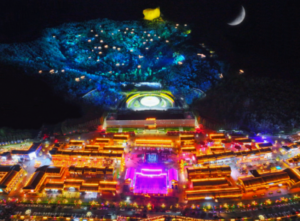The Evolution of Elegance: Tracing the History of High Fashion and Couture

26 June 2024: The world of high fashion and haute couture is a realm of unparalleled luxury, craftsmanship, and artistic expression. The term “haute couture” itself, derived from French, translates to “high sewing” or “high dressmaking,” and represents the pinnacle of fashion’s artistry and personalization. This exclusive sector of the fashion industry is characterized by custom-fitted, high-end design, where garments are constructed by hand from start to finish, made from high-quality, expensive, and often unusual materials, and sewn with extreme attention to detail by the most experienced and capable sewers.
The inception of haute couture can be traced back to the mid-19th century, a period that witnessed the birth of modern fashion as we know it. Charles Frederick Worth, a British designer, is often credited with establishing the first haute couture house in Paris. Worth’s innovative approach to fashion design not only set the foundation for the high fashion industry but also elevated the status of the designer from a mere dressmaker to an artist, thus giving birth to the concept of the fashion designer as we understand it today.
Paris, the fashion capital of the world, became the center of this burgeoning industry. The Chambre Syndicale de la Haute Couture, founded in 1868, played a pivotal role in regulating the industry, setting standards that defined what constituted a true haute couture house. These standards ensured that the term “haute couture” was reserved for those who met the rigorous criteria, which included the number of pieces presented in a collection and the level of customization offered to clients.
The evolution of haute couture is not just a story of fashion but also a reflection of societal changes. During the Nazi occupation of Paris, the criteria for haute couture were further tightened, which some argue helped preserve the integrity and exclusivity of haute couture during a time of crisis. Post World War II, the industry saw a resurgence with designers like Christian Dior, whose “New Look” in 1947 revitalized haute couture with its emphasis on femininity and luxury after years of wartime austerity.
The haute couture industry has faced numerous challenges over the years, including the rise of ready-to-wear fashion and the questioning of its relevance in the modern world. Despite this, haute couture has persisted, continually adapting and innovating. It remains emblematic of the triumph of costume and fashion, representing the fusion of modernity with the traditional arts of dressmaking, tailoring, and craftsmanship.
Today, haute couture is more than just clothing; it is an art form that stands at the intersection of tradition and innovation, a showcase of the extraordinary skills of artisans who dedicate their lives to creating wearable art. The biannual Paris Haute Couture Week is not just a fashion event; it is a cultural phenomenon that celebrates the enduring allure and artistry of high fashion.
As we look to the future, haute couture continues to evolve, embracing new technologies and materials while still honoring the time-honored techniques that define its heritage. It remains a testament to the human spirit’s capacity for creativity and excellence, a beacon of inspiration in the ever-changing world of fashion.





